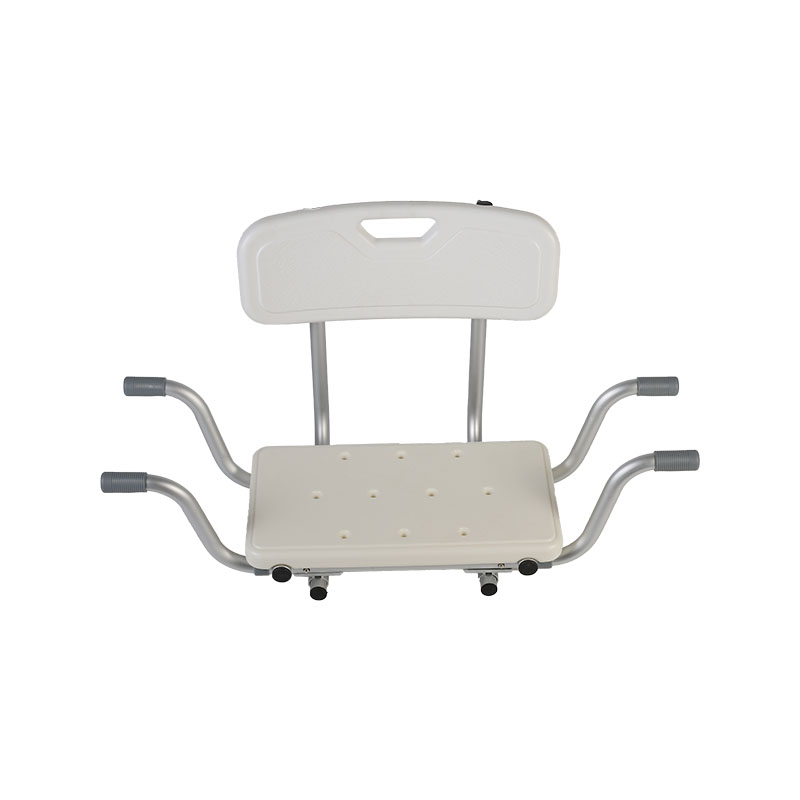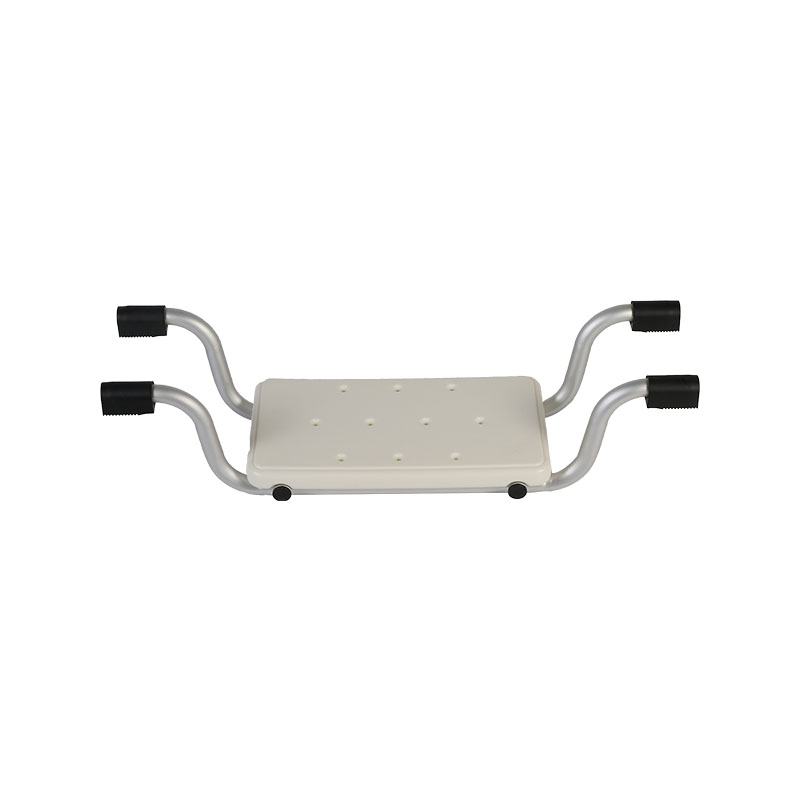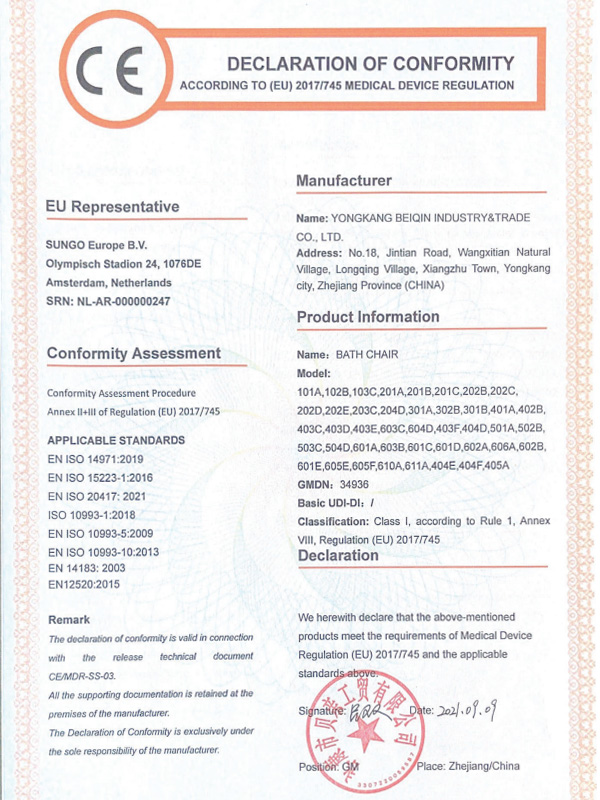How much weight can a shower bath seating hold?
A
shower bath seating is a device designed to be placed inside a bathtub to provide a secure and stable seating surface for individuals who have difficulty standing in the bathtub or who need additional support while bathing. It allows
the person to sit comfortably in the bathtub, reducing the risk of slips and falls.
The weight capacity of a shower seat can vary depending on the specific model and manufacturer. It is important to check the weight limit specified by the manufacturer before using a shower seat.
Typically, shower seats are designed to support a weight limit of around 250 to 300 pounds. However, some shower seats may have a lower weight limit, while others may be able to support more weight. It is always recommended to choose a
shower seat with a weight limit that exceeds your own weight to ensure maximum safety and stability.
What are the benefits of using shower bath seating for the elderly?
The old man knew that taking a bath was dangerous, so he was reluctant to take a bath over time. The main reasons why the elderly are prone to falls in the bath are as follows:
Aging: Deformation of the knee joint in the elderly leads to decreased gait stability, decreased visual and auditory function, muscle loss, bone degeneration, poor reaction ability, and decreased balance function.
Environment: Taking a shower in the bathroom, the floor is wet and slippery, plus the use of toiletries such as shower gel makes the floor even more slippery, and there are few sustainable items on the walls.
Diseases: Elderly people with diseases such as heart disease or high blood pressure will cause a burden on the cardiovascular and cerebrovascular due to temperature changes, resulting in dizziness and easy falls.
Therefore, in order to solve this bathing problem, family members often prepare a
shower bath seating for the elderly. The advantages of such products are as follows:
1. With the improvement of sitting up and maintaining posture, it can prevent falls and ensure safety.
2. You can bathe alone without nursing.
3. Reduce the burden on caregivers and provide a safe and comfortable shower.
How to measure shower bath seating height and seat size
The shower chair provides a safe and reliable auxiliary job for the elderly to sit down while bathing. If your home has a bathtub, shower bath seating is a good choice. When in use, you should also pay attention to getting in and out of the bathtub and do a good job of anti-slip work to reduce the risk of injury and falls. In addition to ensuring the physical safety of the elderly, there is another small detail that should be paid attention to, that is, how to use the
shower bath seating correctly.
First of all, products such as shower bath seating are movable, and they need to be used on the bathtub, so when purchasing, you should consider the size and height of the shower bath seating. Generally, the method of measuring the height and the size of the seat board is :
1. Imagine placing the shower bath seating in the highest place around the bathtub.
2. Then imagine whether the leg room can be bent normally when the elderly are sitting in the shower bath seating. Adjust the height by raising and lowering the shower bath seating, and finally, find a suitable right-angle state of the legs.
3. After measuring the height, estimate the size of the shower bath seating seat according to the body shape of the elderly. After the final height and seat size are determined, go to the store to make an accurate purchase.
Secondly, install the purchased shower bath seating according to the instructions, place it in a suitable position in the bathtub, and then slowly help the old man to sit down. Then start the bathing activity.
Finally, after the bath is completed and the old man gets out of the bathtub smoothly, the shower bath seating will be cleaned so that it can be clean and hygienic next time.

 English
English Français
Français Español
Español Deutsch
Deutsch













